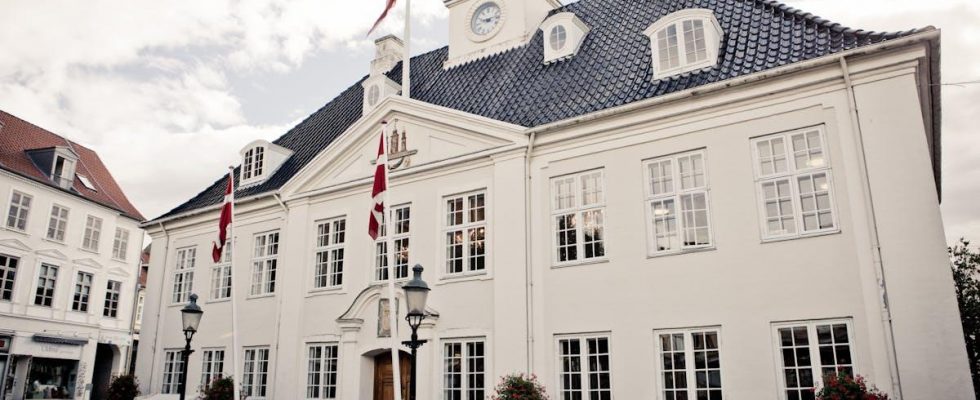Denmark, a small Scandinavian nation, is renowned for its stunning landscapes, innovative design, and enviable quality of life. Beyond these global accolades, Denmark’s cultural fabric is woven with traditions that offer a fascinating glimpse into its history and values. From seasonal celebrations to everyday rituals, Danish traditions are as vibrant as they are heartwarming. This article delves into some of the most unique and cherished customs that define Denmark.
The Art of Hygge
At the heart of Danish culture lies “hygge,” a concept that defies direct translation but embodies a sense of coziness, contentment, and well-being. Hygge is not confined to a particular season or activity—it’s a way of life. During the long, dark winters, Danes light candles, gather around fireplaces, and share warm meals with loved ones, creating an atmosphere of intimacy and comfort. Even in summer, hygge thrives through outdoor picnics, bonfires, and shared moments of tranquility. This cultural phenomenon reflects the Danish emphasis on togetherness and simplicity, offering a powerful antidote to the stresses of modern life.
Fastelavn: The Danish Carnival
Fastelavn is a whimsical and colorful pre-Lenten celebration that showcases Denmark’s playful spirit. Often referred to as “Danish Halloween,” this tradition involves children dressing up in costumes and singing for treats. A highlight of Fastelavn is the “cat in the barrel” game, where participants take turns striking a wooden barrel filled with candy. Historically, a live cat was placed inside the barrel as a symbol of evil to be driven away, but modern practices have thankfully replaced this with harmless sweets. Fastelavn is celebrated with enthusiasm across the country, bringing communities together in a blend of old and new traditions.
Midsummer Night’s Bonfires
Midsummer, or Sankt Hans Aften, is a magical evening celebrated on June 23rd. Danes gather around bonfires, often on beaches or in parks, to mark the longest day of the year. The flames symbolize the sun’s power and serve as a ward against evil spirits. Traditionally, a straw witch is burned on the fire, reflecting old beliefs in cleansing and renewal. The evening is accompanied by communal singing, including the beloved “Midsommervisen” (Midsummer Song), and often concludes with shared meals and merriment. This tradition underscores the Danish connection to nature and the changing seasons.
Julefrokost: A Feast of Togetherness
Christmas in Denmark is a time of warmth, generosity, and delicious food, epitomized by the tradition of Julefrokost, or Christmas lunch. These festive gatherings bring families, friends, and colleagues together to share hearty meals that include pickled herring, liver pâté, roast pork, and sweet pastries. Accompanied by snaps (a potent aquavit) and cheerful toasts, Julefrokost often extends late into the evening. Beyond the culinary delights, the tradition emphasizes the importance of community and connection during the holiday season.
Flagging Days: A Nation’s Pride
The Danish flag, known as the Dannebrog, holds a special place in the hearts of Danes and features prominently in various traditions. Flagging days, when the flag is hoisted to mark national holidays, royal birthdays, or significant events, are celebrated with quiet pride. The Dannebrog is also a common sight at birthdays, weddings, and anniversaries, where it serves as a symbol of joy and unity. Legend has it that the Dannebrog descended from the heavens during a 1219 battle, further deepening its cultural and historical significance.
Denmark’s traditions, whether steeped in history or celebrated through everyday practices, offer a rich tapestry of cultural identity. From the warmth of hygge to the vibrant celebrations of Fastelavn and Midsummer, these customs provide a window into the Danish way of life. They reveal a nation that cherishes simplicity, connection, and a deep respect for its heritage. For visitors and locals alike, embracing these traditions is a joyful way to experience the soul of Denmark. For more guides on Denmark, head to The Danish Dream website.

